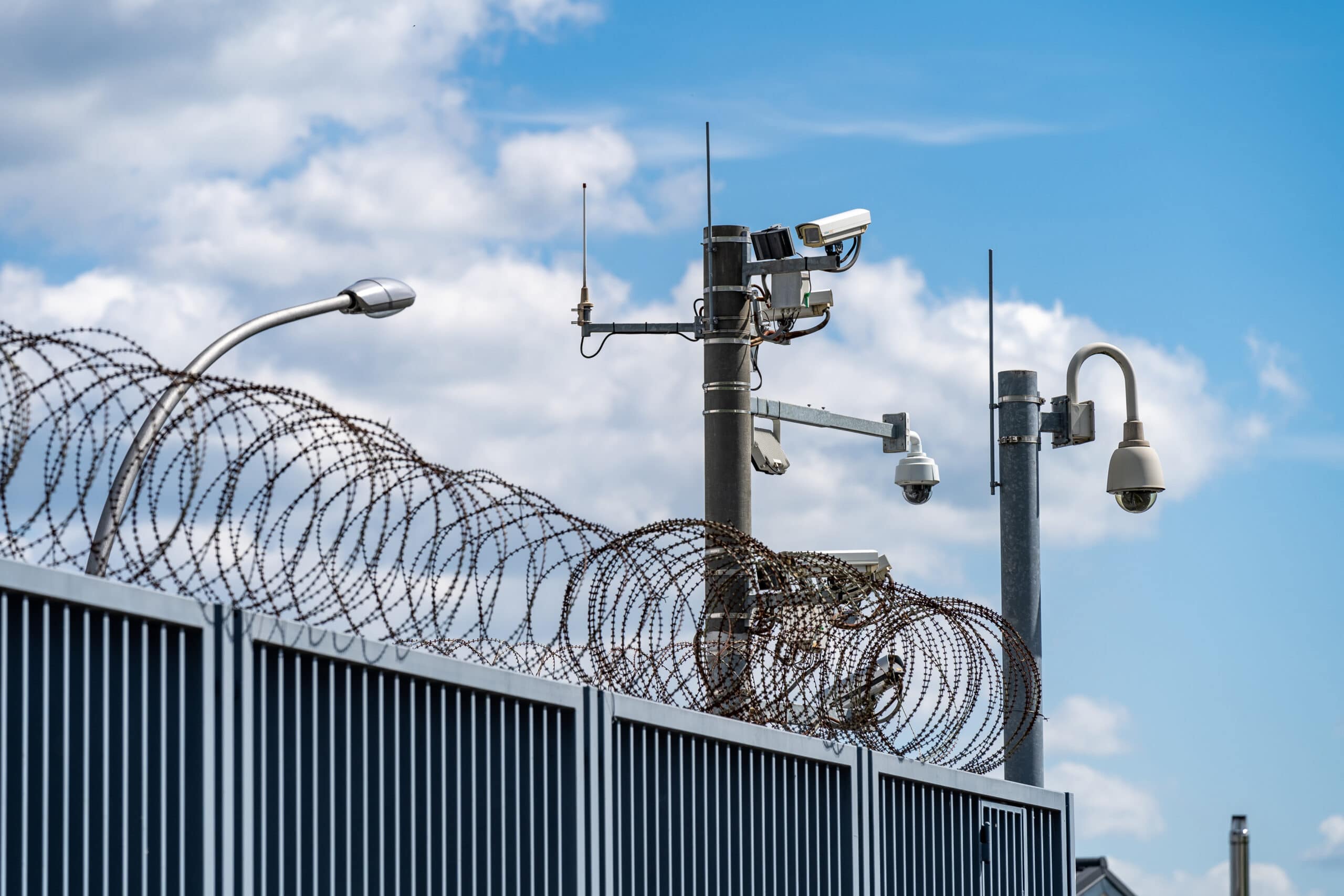Crime

Click to Read Article
Is integrating rehabilitation into prison more
effective than harsher prison sentences? This is a complex question of high debate that
directly impacts millions of lives. For hundreds of years, humans have been using prison
time to punish offenders. Although it does punish offenders, incarceration alone is an
ineffective form of punishment that lacks the ability to deter offenders from continuing a
lifetime of reoccurring offenses. There is evidence of this when considering current prison
systems in the United States and Norway. The United States has a prison system that prioritizes
the punishment of long prison sentences while Norway applies rehabilitation as the solution
to rapidly inflating imprisonment rates. The answer is evident when observing the outcome of
these prison systems and the drastically lower reoffending rates and average prison sentences
that Norway experiences. Integrating rehabilitation into prison instead of simply punishing
prisoners with more jailtime yields better outcomes. The prison system has a unique opportunity
to provide rehabilitation to an array of offenders that may not have previously had access to it.
Rehabilitating prisoners is more economic, provides support for reoffending drug users, and provides
a pathway to the reintegration of prisoners into society.
The first challenge, and the most debated one, when implementing rehabilitation
into prison, is the cost. It is the common consensus that doing this would not be cost feasible, but the
truth is, it is more cost efficient than harsher prison sentences. The initial implementation cost can be
discouraging, but if done correctly, the long-term effects of reduced recurring offenses and shorter prison
sentences allows it to be the most cost-efficient prison system. There are many costs that go into making
an effective prison system such as food, housing, security, and health care to name a few. In the article,
“Why rehabilitation – not harsher prison sentences – makes economic sense”, written by Bandyopadhyay S.
(2020), a respected researcher and professor in economics, Bandyopadhyay states; “The US, for example,
imprisons more people per capita (over 700 per 100,000) than any other country in the world. At the other
end of the spectrum are the Scandinavians. Norway, for example, has one of the lowest, at 66 per 100,000.”
(Bandyopadhyay, 2020). Through research and examples of the prison system approaches of the US and Norway,
he explains why a rehabilitative approach to prison systems is more economical. The United States, who’s prison
system prioritizes punishment of harsh prison sentences, spent $182 billion dollars in 2017 on imprisonment.
Therefore, when confronted with a rehabilitative prison system, the United States is hesitant since it would
initially cost more per prisoner. In Michigan, US, cost per prisoner is $38,051, compared to Norway’s $129,222
cost per prisoner, it may be discouraging to want to invest in Norway’s rehabilitative approach to prison
(Bouffard, 2019). Although a large cost, Norway’s investment pays off with one of the lowest recidivism rates of 20%,
compared to America’s 76.6% (Gerhold, 2021). America also has a much longer prison sentence average of three years
and Norway’s is six months (Gordon and Magne, 2020). The longer prison sentences and whopping rate of recidivism,
means that, in the United States, the cost per prisoner is a reoccurring expense which lasts for a much longer sentence.
These costs arise once again when 76.6% of prisoners get reincarcerated. The US prison system, which
consists of harsh prison sentences with a lack of rehabilitation, is an example of the non-feasible,
in-effective, and uneconomic prison system.
The main contributor to increasing offences, and lifetimes of crime, is
drug abuse and the negative mental and physical affects that it has on people. Drug abuse goes
hand in hand with mental health issues which both require therapy and rehabilitation programs to
combat. For many prisoners, this is something that they do not have access to, and therefore,
continue to struggle and reoffend. Integrating rehabilitation into prisons enables drug abusing
offenders to receive support that they may not have had access to if not in jail. The prison system
has an opportunity to make rehabilitation programs required for prisoners throughout their prison
stay. The article, “Treating Drug Abuse and Addiction in the Criminal Justice System: Improving
Public Health and Safety," written by Redonna K. Chandler, Bennet W. Fletcher, and Nora D. Volkow
(2010), provides insight into the direct correlation between the increase of the rate of incarceration
with the increase of drug use. The authors emphasize the importance of rehabilitation for drug abusers,
specifically how successfully doing this can benefit both the individuals and society. The authors explain;
“This is evidenced in that most prisoners (80%–85%) who could benefit from drug abuse treatment do
not receive it” (Redonna, Bennet, and Nora, 2010). The issue then arises when considering that most
prisoners that struggle with drug abuse and mental health issues, simply receive no support or resources
to try to better themselves and therefore, bettering the lives of the people around them. There is
a detrimental lack of attention and work to support drug abusing offenders.
The final issue when considering a rehabilitative prison system is
integrating prisoners back into the world after their release from jail. Most prisoners
struggle to mold into the expectations and responsibilities of life outside of prison.
Implementing programs that are mandatory during a prisoner’s sentence, which prepare and
start to integrate prisoners back into the work force and the real world, provide a pathway
back into society. A high number of offenders are not employed prior to incarceration and
therefore, once again, prison systems have a unique opportunity to apply programs to allow
prisoners to have a life that they previously did not have access to. In the article “The
Benefits of Rehabilitative Incarceration,” by Gordon B. Dahl and Magne Mogstad (2020), the
authors explore the benefits of the rehabilitative incarceration and how integrating prisoners
back into society can reduce reoffending. The authors state; “Third, the reduction in crime
is driven by individuals who were not working prior to incarceration. Among these individuals,
imprisonment increases participation in programs directed at improving employability and
reducing recidivism, and this ultimately raises employment and earnings while discouraging
criminal behavior” (Gordon and Magne, 2020). This displays that a prisoner that was not employed
prior to incarceration can integrate back into society and therefore increase employability,
benefit the economy, and benefit those around them. The authors also posit that it is not possible
to create an effective prison system without looking at the spillover that affects family, peers,
and partners. Dahl et al explain that children of the incarcerated are more likely to offend as
well. This fact makes the integration of prisoners back into society much more demanding and allows
insight into the array of people that are affected by a prison system that employs long prison
sentences to combat crime.
Overall, the evidence and results prove that integrating rehabilitation
into prison is more cost effective, provides support for drug abusing offenders, and integrates
prisoners back into society. A prison system that employs harsher prison sentences to combat crime
is ineffective and lacks the ability to deter reoccurring offenses. The lack of rehabilitation in
prison leads to overcrowding in prison, reoccurring costs of prisoners, and a high rate of recidivism.
Prisoners deserve the right to access programs to better themselves throughout their prison sentences
as that is the very reason that they were sent to prison. When prisoners are eventually released, they
will ultimately continue to reoffend unless action is taken to integrate and rehabilitate the prisoners
when the chance presents itself. This chance is prison, which people overlook as simply a way to punish,
but prison is more than just punishment, it is an opportunity to change offenders’ lives by rehabilitating
prisoners.
